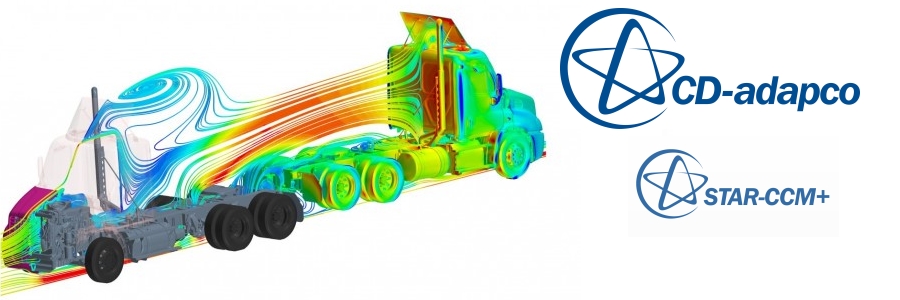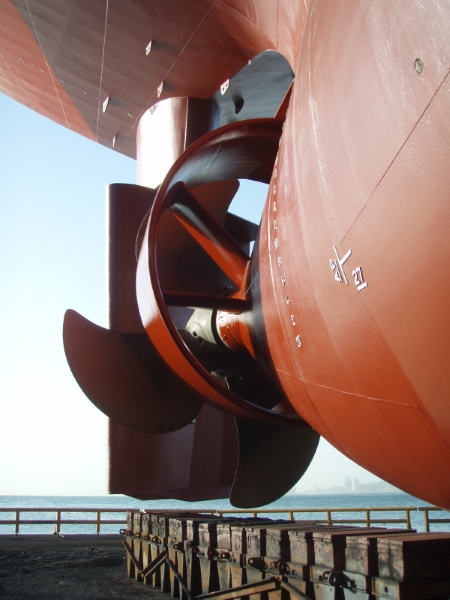
Energy saving device offers guaranteed fuel savings of hundreds of thousands of dollars per year to ship owners and operators.
The single biggest concern facing ship builders and operators is that of energy efficiency, both in terms of reducing the operating cost of vessels, and in meeting legislative standards on CO2 and NOx emissions.
To a certain extent, these fuel savings can be achieved using modern, efficient hull designs that direct the flow smoothly around the vessel and into the propeller. However, most of the world’s commercial trade shipping is dominated by older vessels that were designed without the benefit of modern tools such as Computational Fluid Dynamics (CFD) and Design Exploration.
In order to obtain a desirable level of fuel economy and reduced emissions, shipowners and operators often choose to fit Energy Saving Devices (ESDs) to their vessels. ESDs are most commonly stationary flow directing devices that are positioned near the propeller, either ahead of the propeller, fixed to the ship’s hull, or behind, fixed either to the rudder or the propeller itself.
Experience has also shown that even the most recent hull designs show significant potential for improving the powering performance by fitting ESDs.
Probably the most successful ESD currently in operation is the Becker Mewis Duct, a novel power-saving device which has been developed initially for full-form slower ships that allows either significant fuel savings at a given speed or alternatively for the vessel to travel faster for a given power level.
The Becker Mewis Duct
At first glance, the Becker Mewis Duct is a relatively simple piece of equipment, consisting of a duct containing a number of integrated angled fins. The main benefit of the duct is that it produces a net forward thrust, as well as straightening and accelerating the hull’s wake into the propeller. The fin system introduces a pre-swirl to the ship’s wake which reduces losses in the propeller slipstream, resulting in an increase in propeller thrust at a given propulsive power. Both effects contribute to each other. However, in order to function correctly, both the duct section properties and the orientation and design of each of the fins has to be specifically optimized for each new hull form in order to improve the wake flow from the hull.
In simple terms, this can be described as “something for nothing”; the Becker Mewis Duct harnesses energy contained in the frictional boundary layer of the hull and uses it to increase the overall hydrodynamic efficiency of the vessel. The power savings that can be achieved from the Becker Mewis Duct largely depend on the hull block coefficient and propeller’s thrust loading. Typically, power savings in the range of3% for multi-purpose ships, up to 8% for tankers and bulk carriers can be expected. Fuel savings are on average 5-6% rising up to 8% in combination with a Becker Rudder. The savings in fuel/power that can be achieved are independent of the draught of the ship and her speed. NOX and CO2 emissions are also reduced.
Such is Becker Marine’s confidence in the duct that they are prepared to offer a full refund on any device that does not deliver pre-agreed fuel savings during model testing. With this sort of guaranteed performance, investing in a Becker Mewis Duct is a low-risk investment for most ship owners and operators, as return on investment is typically achieved within a year of installation, and is certainly much cheaper than investing in a new ‘eco-ship’.
This has proved to be an excellent business model for Becker Marine Systems who, since the product was launched in 2008, have now installed over 1,000 of the devices.
More around this topic...
In the same section
© HPC Today 2024 - All rights reserved.
Thank you for reading HPC Today.

































